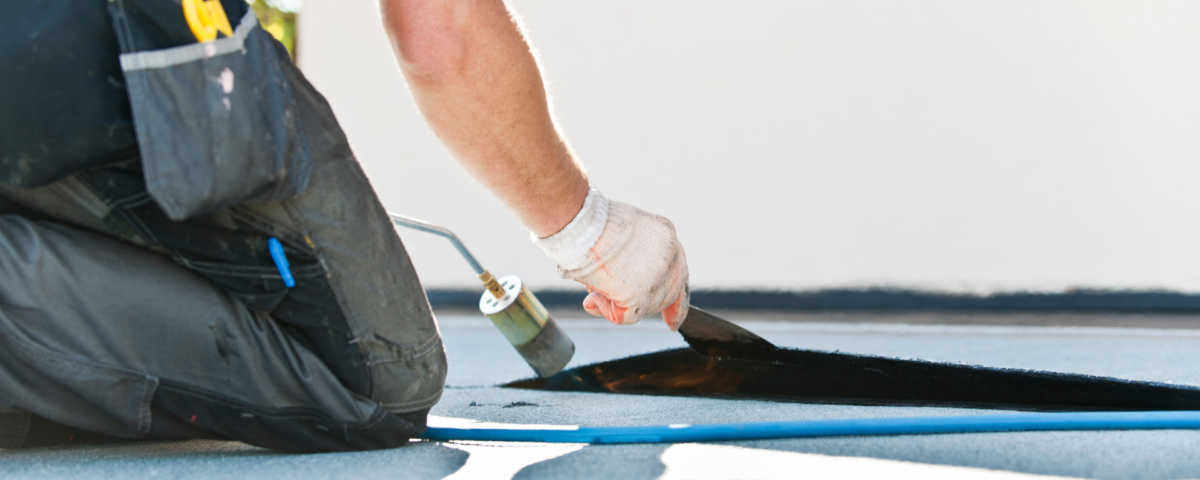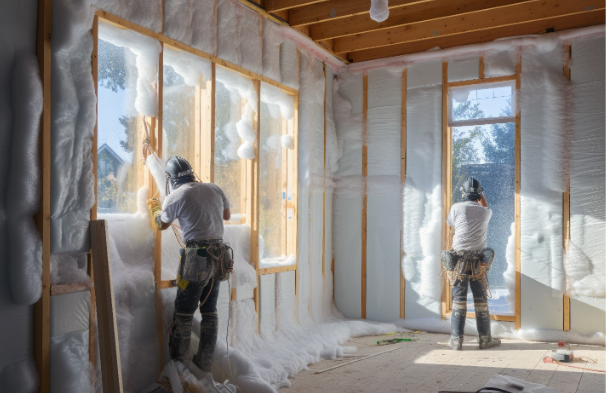
Enhance Commercial Properties with Deck Replacement Services

Why a Full Site Survey is Essential Before Roof Installation
A quality roof on your commercial building will protect it from the elements and ensure your business can operate as normal.
There are various low-slope roof options available, and each has different benefits and drawbacks. If you need to replace the roof on your building, knowing what these options are will help with your decision.
In this guide, we’ll look at the different types of single-ply roofing so you can determine what would suit your commercial building best. Keep reading for more.
TPO
Thermoplastic Polyolefin is a durable single-ply roofing membrane made up of different synthetic polymers and reinforcing scrim. It’s a highly flexible option, and you can find it in black, gray, and tan.
TPO membranes have a reflective surface that’s highly resistant to UV rays. This helps keep your building cool in the summer so you can save on your energy bills. It also stands up well to impacts, moisture, and biological growth.
This is one of the newer options on the market, but it has quickly become very popular. One of the key benefits is that it’s the most affordable solution, so it can be a good choice if you’re on a budget.
It’s worth noting that the quality of TPO materials varies quite a bit depending on the manufacturer. As such, the lifespan can typically be anywhere between ten and 25 years.
On the downside, TPO membranes can struggle with excessive heat. A buildup of UVV radiation can separate seams and flashings, leading to cracks in the membrane.
EPDM
Ethylene Propylene Diene Monomer is a flexible synthetic rubber often used for low-slope roofs. It’s very flexible and works well in extreme climates. It can withstand temperatures between -40°F and 300°F.
It’s one of the more eco-friendly options. Its lifespan is similar to TPO; roughly 10 to 25 years.
When looking at EPDM vs. TPO, the former is typically a bit more expensive. Despite this, it tends to be less durable than TPO and PVC. This makes it somewhat susceptible to damage from wind-driven debris and foot traffic.
PVC
Polyvinyl Chloride is a plastic membrane that requires less petroleum and oil to make than EPDM or TPO. Of the three, this is the most expensive option, though it has some benefits to justify this.
When comparing PVC vs. TPO, PVC offers high strength, durable seams, and good longevity. It will typically last for up to 30 years, which is better than either of the other options mentioned.
PVC can expand and contract, making it a versatile solution. It also has impressive reflective properties which will help keep your energy usage down.
This also protects it from discoloration, moisture, chemicals, fire, and debris. If your budget will allow for it, PVC is perhaps the best long-term investment for single-ply roofing.
The Right Single-Ply Roofing Choice for Your Building
TPO and EPDM can both be good single-ply roofing solutions and are ideal on a budget. If the initial cost isn’t such an important factor, PVC may be best as it provides the most benefits and lasts the longest.
Rain Man Roofing is a leading commercial roof contractor serving clients in Arizona and California. We’ve been an Arizona BBB Accredited Business for over 10 years and have an A+ rating. Take a look at our services page to find out more about what we do.


